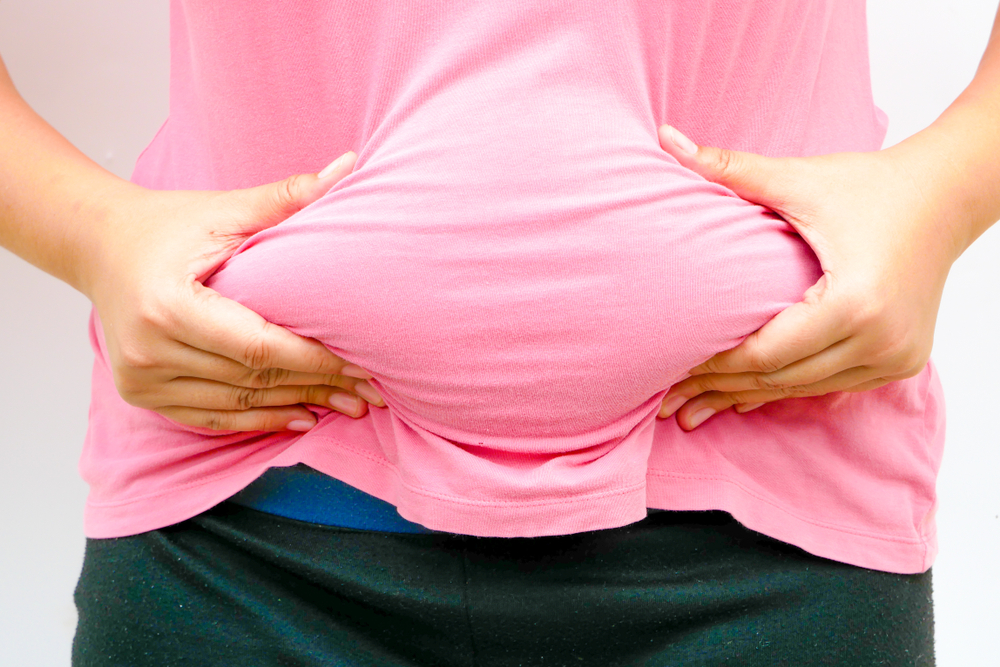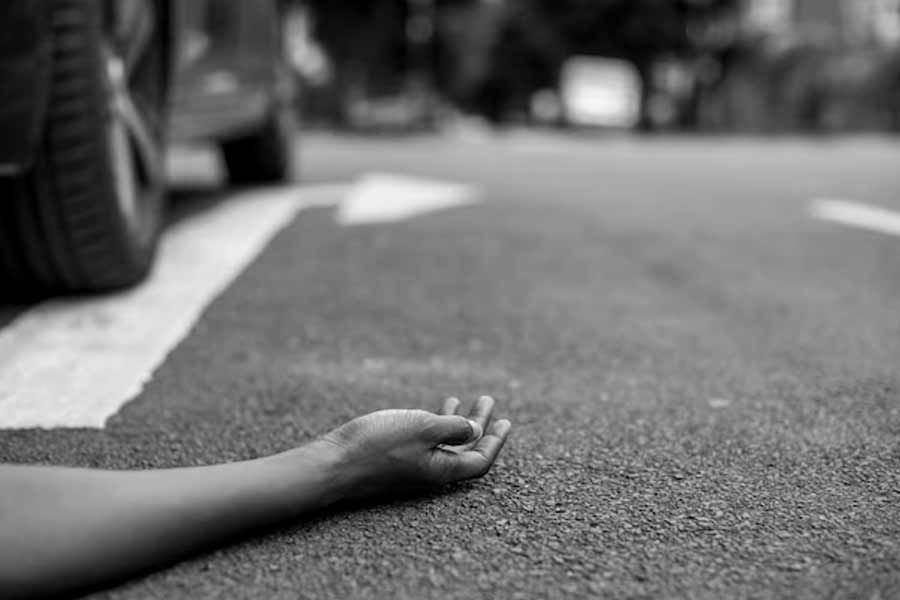Decades ago, middle-aged adults inevitably accumulated fat around their midriffs. They developed paunches even if they did not put on weight elsewhere. As they walked, they leaned backwards, leading with their stomachs. This abnormal posture placed stress on the lower back as the body tried to maintain the centre of gravity. The lumbar lordosis (curve of the back) was exaggerated, throwing the body out of alignment. Hip, back and knee pain develop eventually.
Nowadays, many children lead a sedentary lifestyle. They do not have structured games at school or home. TV, computer games and cellphones occupy any time they can spare from their books. Even first graders can be obese and have a paunch!
There is no standardised age-linked waist measurement for children. If you suspect that the child has a potbelly, ask him or her to stand with the legs together and the arms lifted. Any vestige of a belly should disappear.
If the stomach still sticks out, it is a paunch.
In adults, the fat content in the abdomen is excessive in women if the waist is more than 35 inches and in men if it is greater than 40.
Fat in the abdomen may be deposited around the internal organs (visceral fat) or as subcutaneous fat under the skin. Subcutaneous fat can be pinched up between the fingers. It is visible as love handles, big hips and fat thighs. It is less harmful. Visceral fat is more subtle. It parks itself along the internal organs. It functions as an extra endocrine organ, secreting retinol-binding protein 4 (RBP4), cytokines like the tumour necrosis factor and interleukin-6 . These have a negative effect on blood pressure, clotting and sensitivity to insulin. Visceral fat deposited around the pancreas leads to type 2 diabetes. These unhealthy chemicals also increase the risk of cancers of the breast, uterus, pancreas, colon and rectum.
Visceral fat can be due to eating a surfeit of carbohydrates with increased trans or saturated fats and little protein and fibre. Also, stress can lead to the release of cortisol and the deposition of extra calories as visceral fat.
The portal vein carries blood from the intestines to the liver. The free fatty acids in the blood are converted into lipids and released back into the bloodstream for use as energy. Fat provides nine calories of energy per gram whereas carbohydrates provide only four calories with each per gram. Fat energy is utilised mainly during exercise. Excess fat is deposited subcutaneously. As that space fills up, it gets deposited around the abdominal viscera. Fats cells can stretch to accommodate the extra fat. Fat also gets deposited in the blood vessels and forms plaques in the heart and brain. This can cause strokes. It also contributes to insulin resistance and diabetes.
Diabetes can be reversed if the patient loses weight to achieve ideal body weight. If it is regained, diabetes returns.
The only way to lose weight (and abdominal girth) is to diet. Regular or intermittent fasting or starvation will result in initial weight loss. As the body realises it is being deprived of food, it goes into starvation mode and utilises available energy efficiently. It also loses muscle mass. This should be combined with 30-60 minutes of exercise a day as well as 20 minutes of weight training. While sit-ups and crunches tighten abdominal muscles, they do not get rid of visceral belly fat.











